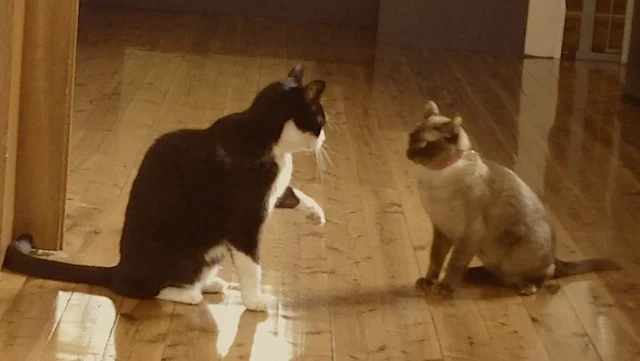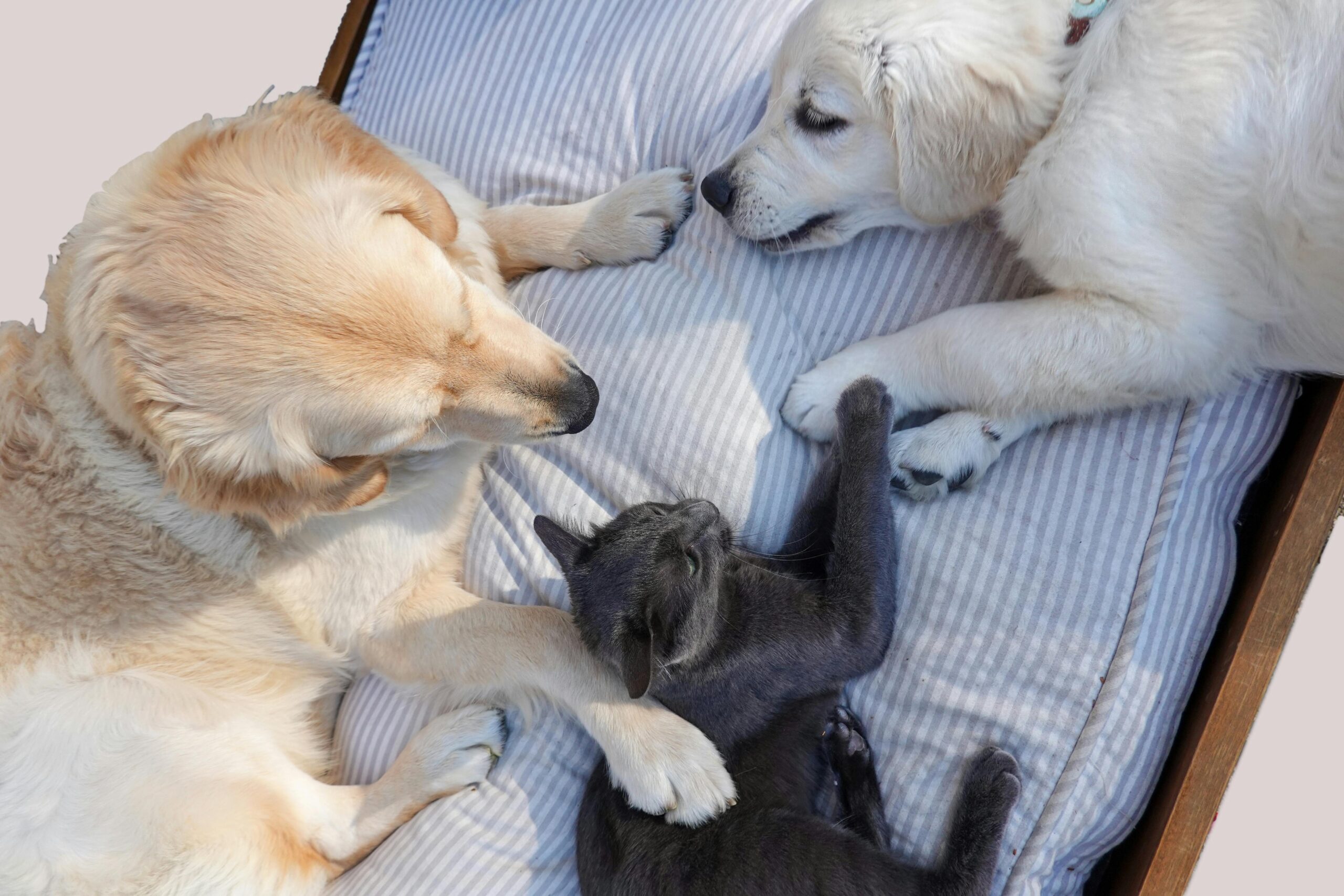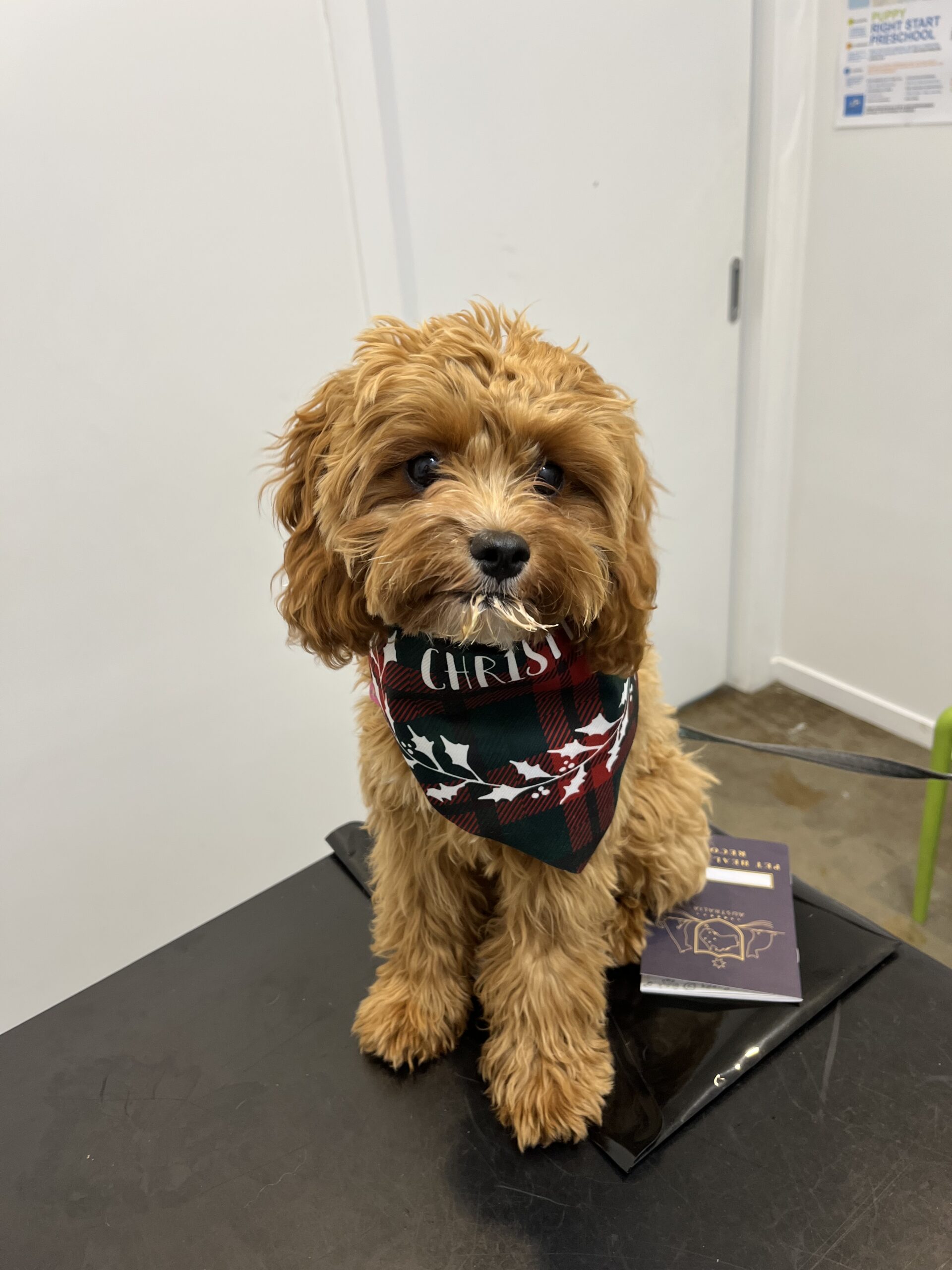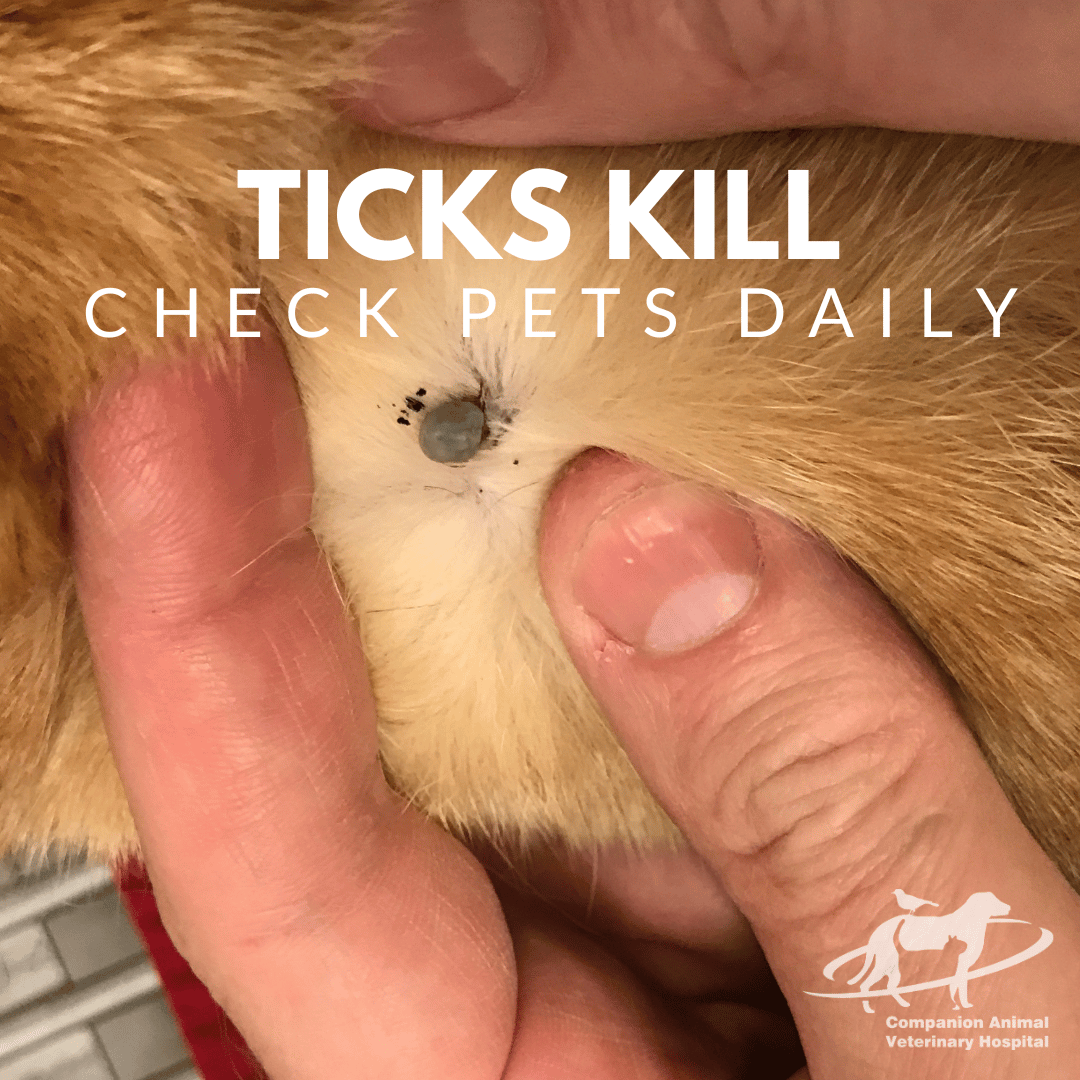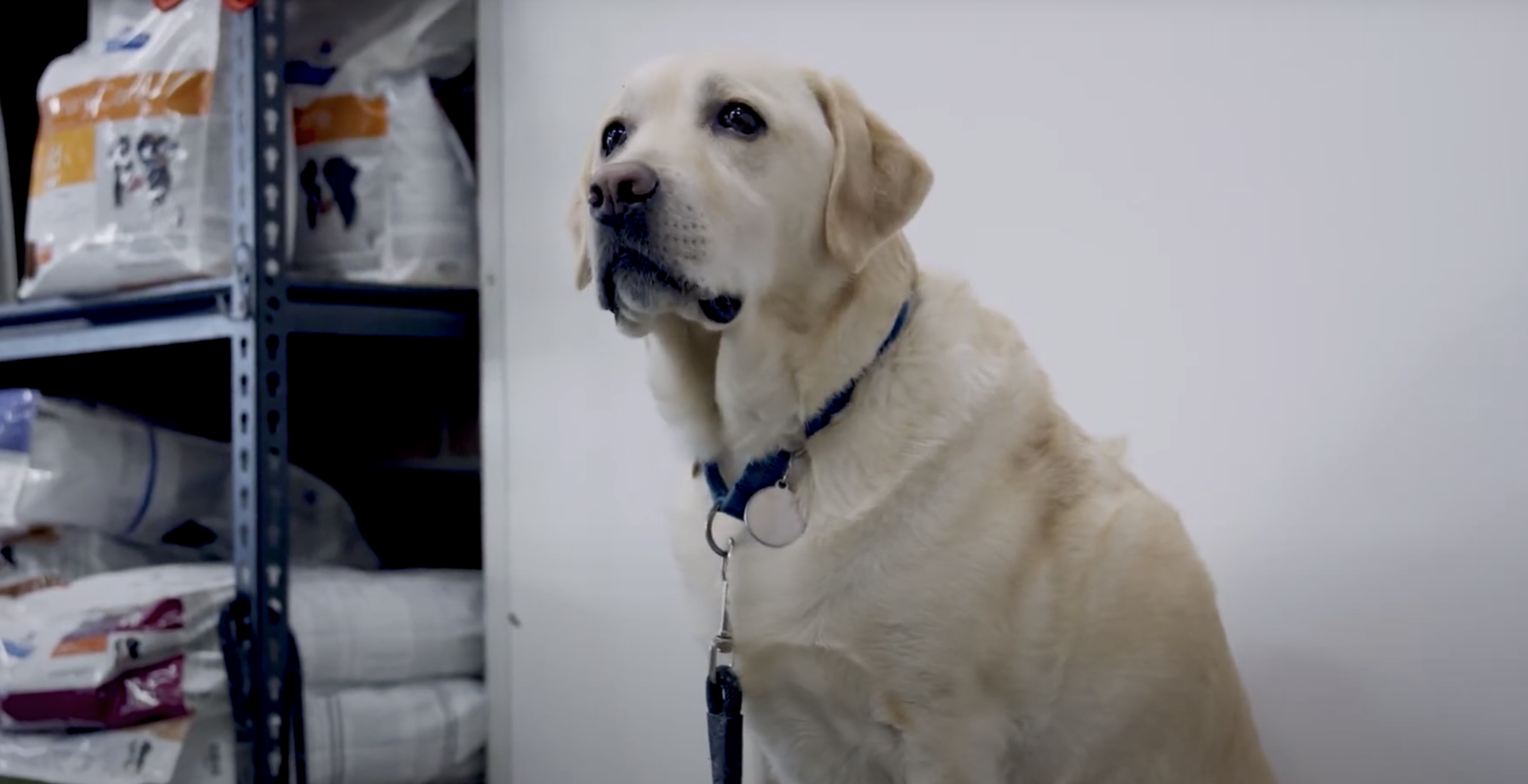Cat fights- we’ve all heard them:
- That horrible yowling in the front yard at 3am.
- The hissing and screaming as they dig their claws and teeth into each other
- The dogs barking because they hear it all too!
Cat fights are not just a problem for us, they are a big problem for the cats involved. As far as armory goes cats are pretty well equipped- sharp claws, sharp teeth capable of penetrating flesh and unreal flexibility make them a mean fighting machine. If you’re the weaker cat, you’re in trouble!
Consequences of cats fighting
When a cat bites they crush the tissue damaging it and the teeth puncture the skin injecting bacteria from the mouth. These are the perfect conditions for infection to occur. This can be an abscess when there is a large pocket of pus or cellulitis (infection in the tissues, not the fat on the back of your legs). Cellulitis often results in a fever and can make your cat very sick.
There’s another potential consequence when cats fight: the spread of FIV (Feline Immunodeficiency Virus). FIV causes AIDS in cats and is transmitted through bites from an infected cat. One bite from an infected cat is all it takes to infect your cat with FIV with the consequences to come several years down the track.
Stopping cats fighting
To stop your cat from fighting consider:
- Keeping them indoors
- Only letting them out for limited times of the day (preferably not at night)
- Consider building an outdoor enclosure
- Desexing makes cats less territorial and reduces the likelihood that they will fight.
